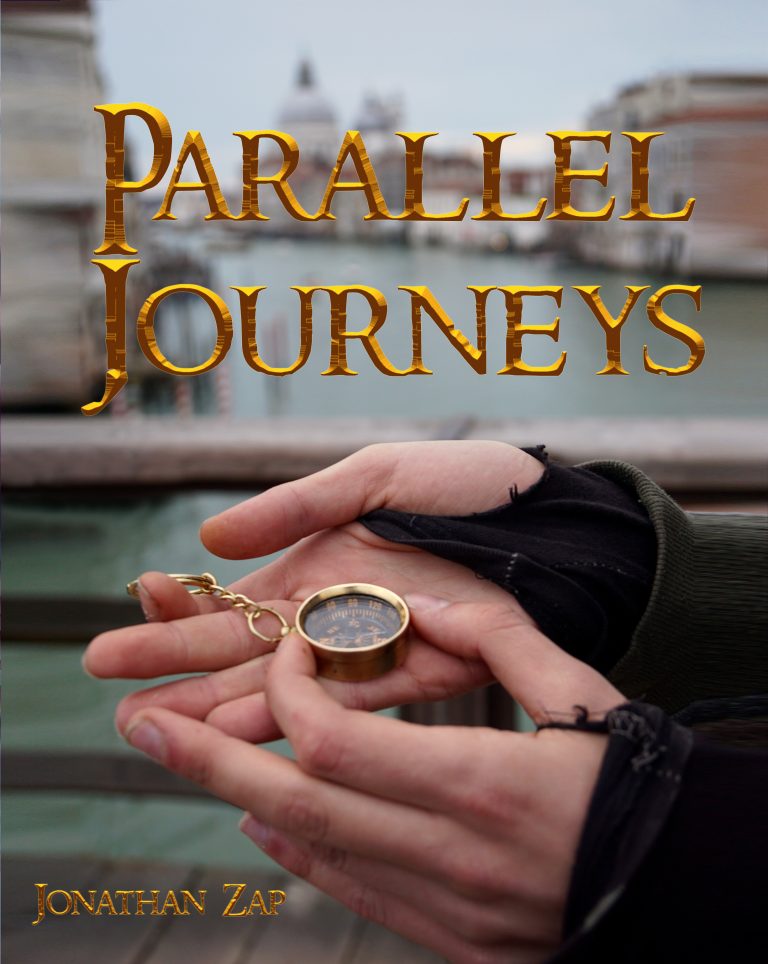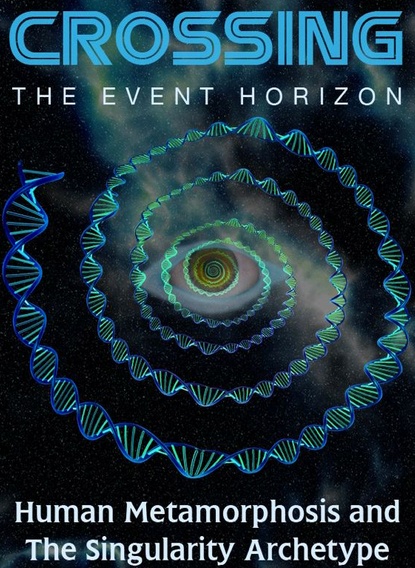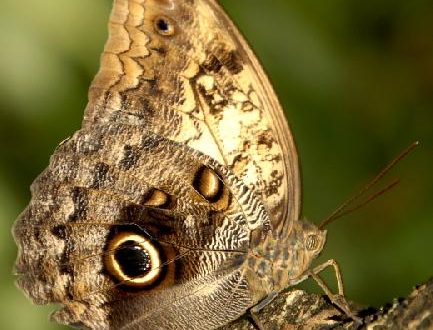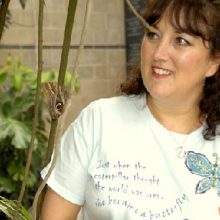“We are not what happened to us, we are what we wish to become.”
— C.G. Jung
“All things must change to something new, to something strange.”
— Henry Wadsworth Longfellow
Human incarnation is usually a fluctuation between metamorphosis and stagnation. As the Dylan lyric puts it, “he not busy being born is busy dying.” This card relates to metamorphosis in general, but also in particular to the metamorphosis from the desperation to be loved to being love.
Norie Huddle, in her book Butterfly, describes in poetic language the metamorphosis of caterpillar into butterfly:
“The caterpillar’s new cells [after it has built its cocoon] are called ‘imaginal cells.’ They resonate at a different frequency. They are so totally different from the caterpillar cells that his immune system [that is the immune system of the worm] thinks they [the new imaginal cells] are enemies… and gobbles them up… But these new imaginal cells continue to appear, more and more of them! Pretty soon, the caterpillar’s immune system cannot destroy them fast enough. More and more of the imaginal cells survive.
“And then an amazing thing happens! The little tiny lonely imaginal cells start to clump together, into friendly little groups. They all resonate together at the same frequency, passing information from one to another. Then, after a while, another amazing thing happens! The clumps of imaginal cells start to cluster together! … a long string of clumping and clustering imaginal cells, all resonating at the same frequency, all passing information from one to another there inside the chrysalis.
“…Then, at some point, the entire long string of imaginal cells suddenly realizes altogether that it is Something. Different from the caterpillar. Something New! Something Wonderful! …and in that realization is the shout of the birth of the butterfly!
“Each new butterfly cell can take on a different job. There is something for everyone to do, and everyone is important. And each cell begins to do just that very thing it is most drawn to do. And every other cell encourages it to do just that. A great way to organize a butterfly!”
For there to be a metamorphosis, existing structures must be broken down to make room for new ones. In the chrysalis, the caterpillar’s old body is digested and used as a nutrient source to construct the new body.
When it comes to human metamorphosis, most egos fear change and desperately cling to an existing identity. Metamorphosis can, therefore, be interpreted as catastrophic, and the old ego-identity, recognizing a threat to its very existence, will seek ways to defend itself. Like the caterpillar, the old self may have an immunological reaction to the budding of the new self. Also, like caterpillars, we have imaginal cells within us, parts of us that contain the catalytic vision seeds of the future.
Let’s ground this with a personal example. Sometime in the Nineties, an eighty-year-old woman who was a Jungian analyst gave a talk I attended in Boulder. At the end of her talk, there were questions from the audience, and the first came from a young woman. “Now that you are an elder,” asked the young woman, “what you can tell me as a young woman about love?” The elder woman replied, “When I was your age, I was desperately trying to be loved. But now I know that it is better to simply be love.”
The old woman describes a profound metamorphosis that took decades. The metamorphosis from self-centered to selfless is one of the most classic and valuable. Goethe described it this way:
“Human life runs its course in the metamorphosis between receiving and giving.”
I have been working on this sort of metamorphosis in my own life. I have gradually shifted from a vulnerable preoccupation with being loved to devotion to my life mission. Focus on being loved generates tragic magic. I put myself on the wheel of fate where the vicissitudes of relationships can spin me into heaven or hell. When I focus on devotion to my life mission, which involves service to others through my creative work and mentoring, I stand on more solid ground and have a more stable core of meaning. Being more archetypally masculine than the elder female Jungian, my focus is more on doing than on being, but that seems typologically appropriate. But maybe later in my lifecycle, there will be a further metamorphosis from doing to being.
Many of us fall into the common delusion that if only we can be loved by some particular person we aspire to romantically, then everything will be great. But if I allowed myself to focus obsessively on being loved, I would only be prolonging adolescence into old age. Also, trying to be loved doesn’t work that well. If what we want from others predominates, then most will correctly sense us as needy and self-centered, making us less attractive to them. The more we try to contrive and force progress with love, the more neurotic and desperate we become, which only helps to keep love away. A person who has successfully moved toward being love, however, is like a source of love and warmth that other people want to be near.
“The story of Americans is the story of arrested metamorphoses. Those who achieve success come to a halt and accept themselves as they are. Those who fail become resigned and accept themselves as they are.” — Harold Rosenberg
As I work on the long path of metamorphosing toward being love, I can sometimes hear frantic inferior voices within me saying things like, But if I don’t try to get love back from others, I won’t get anything. or, If I just focus on being love, others will just take that for granted and won’t bother to love me back. Even though the old identity, which consisted of an uneasy coalition of subpersonalities and various neurotic stratagems, didn’t work very well in the past, it still wants to be in charge. The old coalition of subpersonalities is like a dysfunctional conspiracy of corrupt politicians who know that they have presided over famine, depression, and a series of inner and interpersonal wars but are nonetheless determined to be reelected and feel entitled to lifetime terms. To them, metamorphosis appears as a looming black-robed reaper wielding a scythe. To a deeper self, metamorphosis appears as sunlight entering a smoke-filled room. As the sunlight intensifies, furtive figures scurry away into vanishing shadows, and the light exposes crumpled masses of scribbled papers, the tawdry remnants of backroom dealings and smear campaigns that soon become cinders trailing away as wisps of smoke.
The metamorphosis from trying to be loved to being love is likely to be one I’ll still be working on when I am eighty, if I make it to that age. To keep such a gradual metamorphosis going takes continual vigilance and an ability to relinquish, to sacrifice the obsolescent focus on getting love and the various neurotic ways of trying to go about that. The example I gave of the eighty-year-old woman and myself was an illustration of one type of metamorphosis, but there are many others. The crucial thing is for you to know what sorts of metamorphoses are going on in you so that you can consciously assist these transformations.
If a caterpillar/butterfly had a human life span, its time in the chrysalis would also last for decades. Unlike the caterpillar/butterfly, most humans cannot afford to retreat into a cocoon while undergoing the metamorphosis. Usually, we need to work on metamorphosis while still functioning in the world. To succeed with transformation, we need great perseverance, patience, and just the right balance of firmness and gentleness with ourselves.
Whether you are undergoing sudden or gradual transformation, consider the occurrence of this card as a sign that this is an auspicious time for metamorphosis.
My two major works in book form (both available free on this site) are about metamorphosis. My non-fiction book on the singularity has “metamorphosis” in the title, and my sci-fi epic on the singularity, Parallel Journeys , is about characters who undergo metamorphosis on every level including species metamorphosis.

Opening premise:
Does this reality feel fundamentally wrong to you? What if the truths of what lies hidden are exposed in the journal of a survivor of an extinction-level event in our near future? His journals have been sent back in time to warn us about the perilous edge between extinction and evolutionary metamorphosis on which the fate of our species trembles.
The survivor writing to us is an empathic 18-year-old named Tommy. He’s been sealed in a three-acre biosphere with just one other person, and the outside world has been radio-silent for the three years of their enclosure. Tommy is in telepathic contact with someone living during our time who may hold the key to an evolutionary metamorphosis. The journals, entitled Parallel Journeys, have been sent back in time to inspire you to create your own metamorphic butterfly effects to help our species avoid extinction and survive in a new form.

Parallel Journeys, can be read free on this site. If you prefer Audible, Kindle or physical versions, those are all available on Amazon.

My book on the Singularity Archetype, Crossing the Event Horizon — Human Metamorphosis and the Singularity Archetype now has a second edition available free on this site.
Many of the documents and videos in the: Eros, Love and Sexuality” category of the category section of this site are relevant to the struggle of being loved versus being love. The two most important on this theme are: Casting Precious into the Cracks of Doom — Androgyny, Alchemy, Evolution, and the One Ring and No Tristans Allowed Beyond this Point — Looking into the Western Myth of Romantic Love.
 ZapOracle.com home to the free 720-card Zap Oracle
ZapOracle.com home to the free 720-card Zap Oracle






